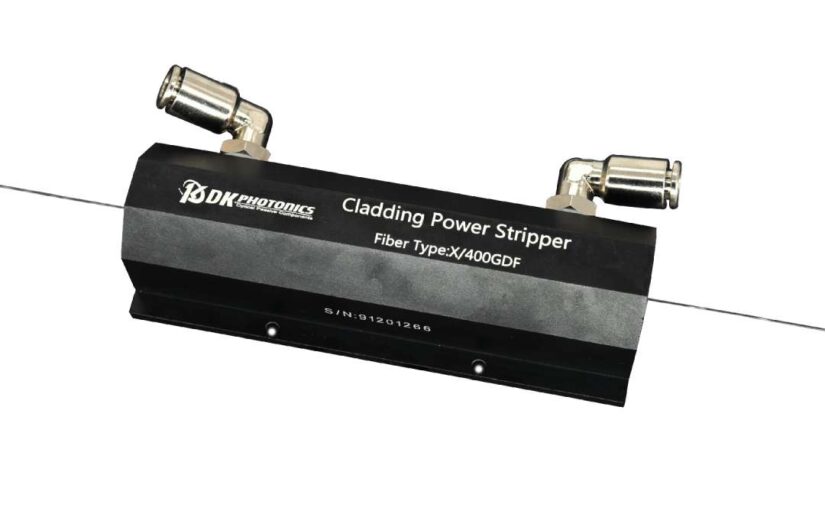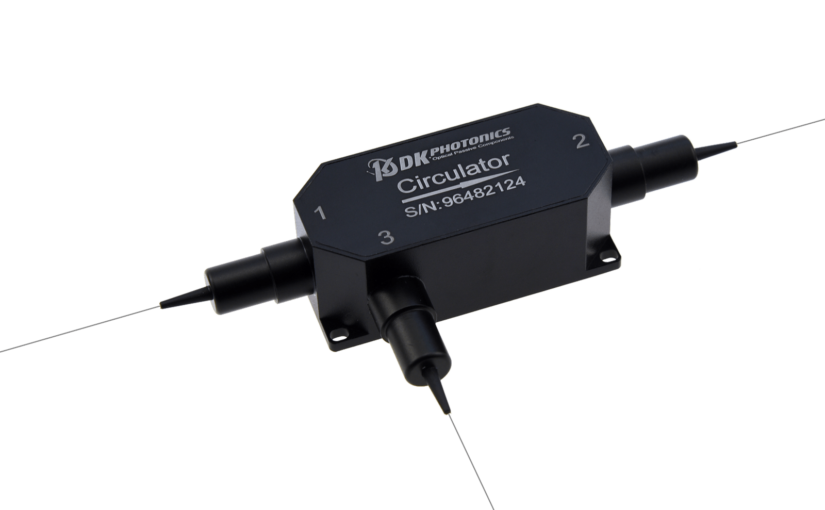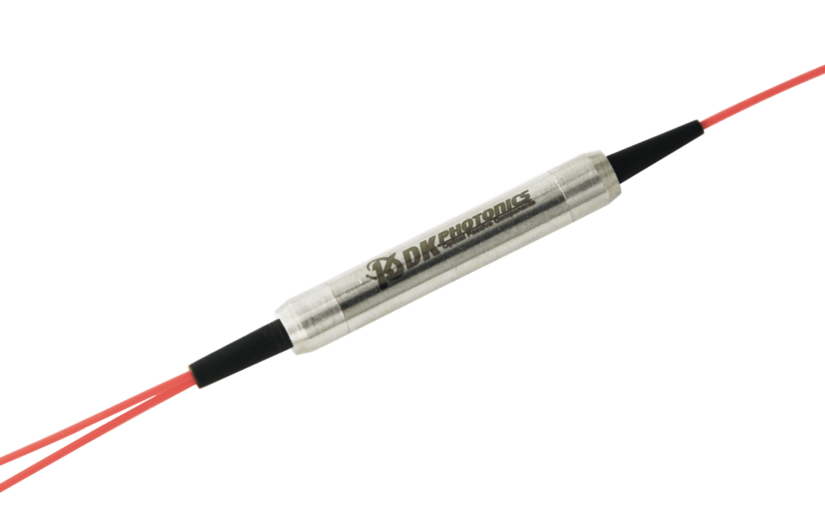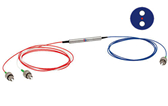Fiber laser systems have become indispensable in a variety of industries for their reliability, high beam quality, and efficient heat dissipation. A key component that enables the performance advantages of fiber lasers is the multimode pump combiner.
This fused fiber optic device combines the outputs of multiple pump laser diodes in an efficient manner to excite the gain medium in a fiber laser. In this blog, we will explore the workings of pump combiners, their types and their role in enhancing the capabilities of modern high-power multimode fiber laser systems.
What Are Pump Combiners?
Pump combiners are all-fiber fused devices designed to mix multiple pump laser wavelengths into a common single-core double-clad fiber. They efficiently couple the pump radiation propagating through multiple input fibers into a single multimode core fiber with very low signal loss. This enables pumping of the fiber laser medium using an array of multimode diodes offering scalable high-power at optimized brightness.
Types of Pump Combiners
There are three common types of pump combiners employed in fiber laser systems:
1. (7+1)1 multimode combiner: Allow scaling upto 7 pump channels (6 around 1 central)
2. (6+1)1 multimode combiners: Combine 6 outer inputs to 1 central core
3. 1×3 wavelength multiplexers: Combine different wavelength pumps into one core
Benefits of Using Multimode Pump Combiners
Power Scalability
Multimode pump combiners allow incrementally increasing fiber laser output power by simply adding more multimode diodes as pump sources. Advanced combiners featuring 6, 7 or more input channels around a central core can scale pump capacity to over 10 KW in a reliable combined fiber output.
High Combining Efficiency
By minimizing fused splice losses, modern pump combiners offer low 0.5 dB insertion loss and over 95% power combining efficiency into the core signal fiber. This maximizes optical-to-optical efficiency for lower electrical power needs.
Mixing of Uneven Diodes
While diode brightness may vary individually, fused combiners mix all channels evenly so a consistent, high-quality pump radiation excites the gain fiber medium for uniform laser generation across operating cycles.
Wavelength Stability and Flexibility
Pump combiners allow the use of diodes of different wavelengths tuned for spectral stability and laser efficiency. Wavelength division multiplexing capability also ensures the flexibility of pumping fiber at diverse wavelengths or bandwidths.
Compact Footprint and All-Fiber Interface
With no free-space optics, pump combiners feature an all-fiber fused construction, allowing flexible positioning in space-constrained modules. The splicing-free design also makes system integration simpler.
Multimode pump combiners increase the optical efficiency of the fiber laser system by combining the beams from a diode pump source array. This leads to lower power consumption, a longer component lifespan, and simpler thermal management for consistent performance.
As fiber laser technology grows, innovations like multimode pump combiners allow scaling to previously unattainable power levels above 10 KW. The efficiency, alignment stability and compactness afforded by all-fiber pump combiners continue to disrupt laser designs across medical, scientific and industrial markets.
With their role growing ever more critical for high-power laser systems, pump combiners will continue to advance in parallel to enable next-generation fiber laser solutions.








